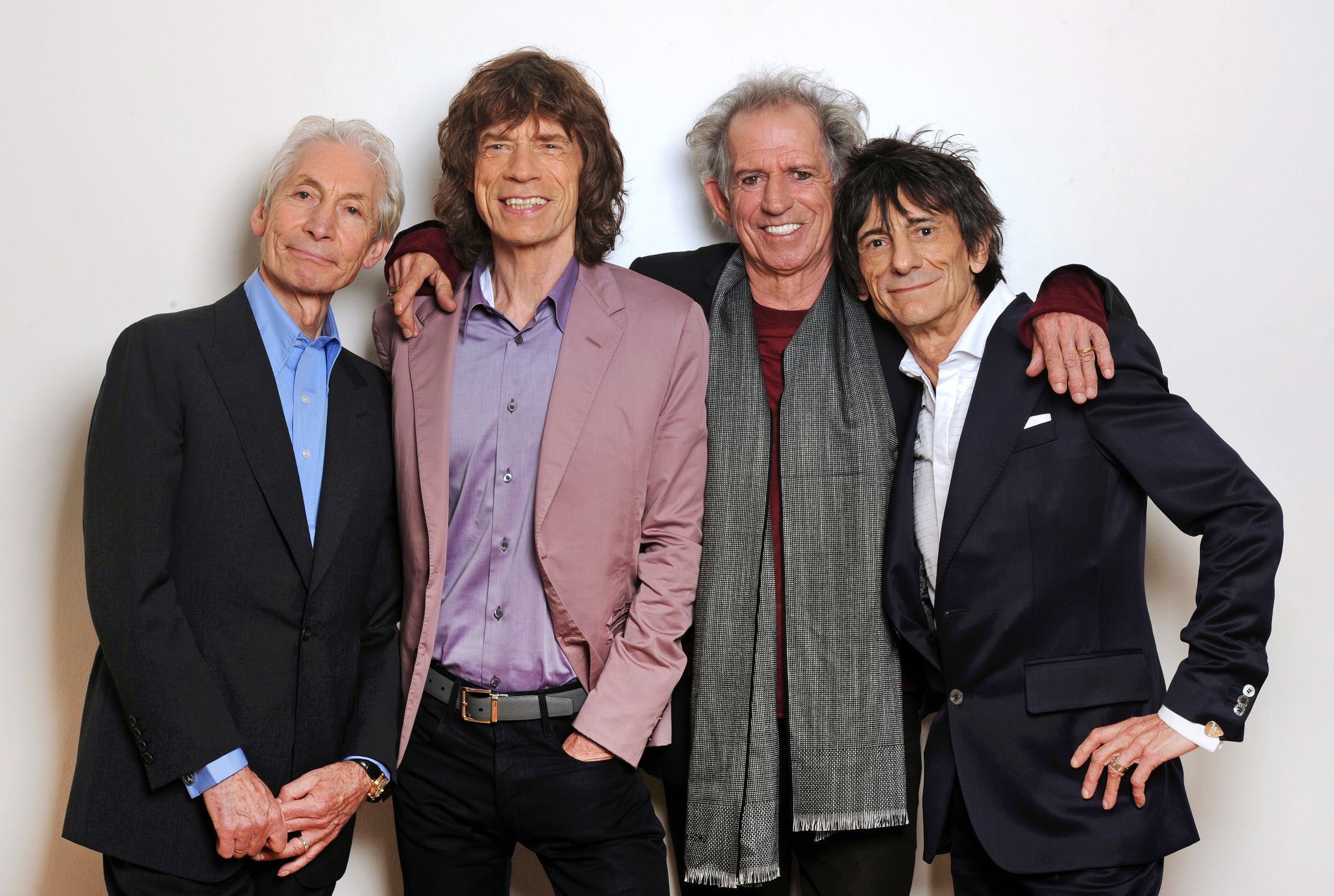
The financial reality of life on the road during an independent artist’s first tour is often bleak: most nights, door money won’t cover the cost of gas to get to the next show, let alone a fast-food value meal or a new pack of strings. That money — the money that keeps a tour going — is made at the merch booth, not onstage.
Videos by American Songwriter
“Back in the day, we’d play shows at someone’s house where we’d play to like 20 people, so we wouldn’t really make any money from the door, but we’d make $300 to $400 from merch because the kids that came would all buy a bunch of stuff,” says Matt Chevalier, bassist for Minnesota emo band Tiny Moving Parts, a trio that spends more than 200 days a year on the road. “That happened a lot when we were first starting out.”
The band embarked on their first tour in the summer of 2012 with DIY screen printed t-shirts and spray painted, home-burned CDs in cases made from cut up beer boxes. “We knew a friend who had a screen printer, so we ordered shirts and helped him do it,” says drummer Billy Chevalier. “It was good having that hook-up.”
Tour manager Sabrina Rush, who has hit the road with the likes of Angel Olsen, Torres and Bill Callahan, says she’s seen artists bring homemade merch of all kinds on the road. “Some of the bands I’ve worked with have made decks of playing cards with original paintings as backgrounds, postcards, hand painted 7″ covers, and zines.”
New artists with a limited budget can dip their toes into the world of merchandise by starting out small, making their own goods with the help of friends and local companies. Since most new artists only need to bring a box or two of merch on the road — “Maybe 50 shirts tops,” says Matt Chevalier — ordering in bulk from online companies can be a waste of money.
“There are t-shirt printers in every town in America, so try to work with your local printers,” says Andrew Tam of King’s Road Merch, a full-service merch company that specializes in designing and running web stores for artists. “Get some examples of their work. Make sure you like the hand feel of it and the quality of the ink.”
Rush believes the do-it-yourself approach can work well for new artists trying to cut costs, but it could prove more time consuming. “Google how to print shirts, buy a screen, and make shirts at home. It may take a few tries to make something that you feel looks worthy of selling, but once you have the skill you can use it again and again. If you’re not artistically inclined with design, I’m sure you have a friend who is.”
Outside of the obvious financial benefits of selling merchandise to fans, the promotional aspect of a t-shirt, button, hat or hoodie can help with getting more people to listen to your music. “If a kid had fun at the show and bought a shirt and brings it to a party or school the next day, and someone says, ‘I like your shirt. Who’s that?’ it creates a snowball effect,” says Dylan Mattheisen, singer and guitarist of Tiny Moving Parts. “It starts small and word keeps going and going, and that makes a new fan.
The money that keeps a tour going — is made at the merch booth, not onstage.
Chevalier agrees. “It’s always nice when we go back to a city and see a person that’s wearing a shirt from the tour before because we know we made a fan that time and they came back again. Merch can help you judge stuff in that way.”
If you don’t have a large enough budget for t-shirts or other items, use the budget you do have to bring music on the road.
“It’s important to have some kind of recorded material,” says Rush. “If you’re out there playing shows, you want people to listen to your tunes and remember who you are so next time you come around they’ll know your songs and want to come to your show again.”
Keeping an eye on trends in music formats is important and can help with cutting costs. Cassette tapes have risen in popularity in recent years, with more and more albums coming out exclusively on cassette.
“Cassettes are a really good thing to make when you’re starting touring now,” says Chevalier. “They’re very cheap to make, and a lot of people will think, ‘I like them, I just want to get some of their music and cassettes are the cheapest thing to buy.”
New artists who can’t afford to have CDs or tapes manufactured can stick to the basics; the important thing is getting music into fans’ hands. “With CDs and stuff, you don’t wanna kill yourself with packaging. Just burn CDs and stick them in plastic bags,” says Chevalier.
“When you hand them a plastic bag with a CD, they’re not gonna think ‘this is stupid,’ or anything,” says Mattheisen. “They’ll think it’s badass.”













Leave a Reply
Only members can comment. Become a member. Already a member? Log in.